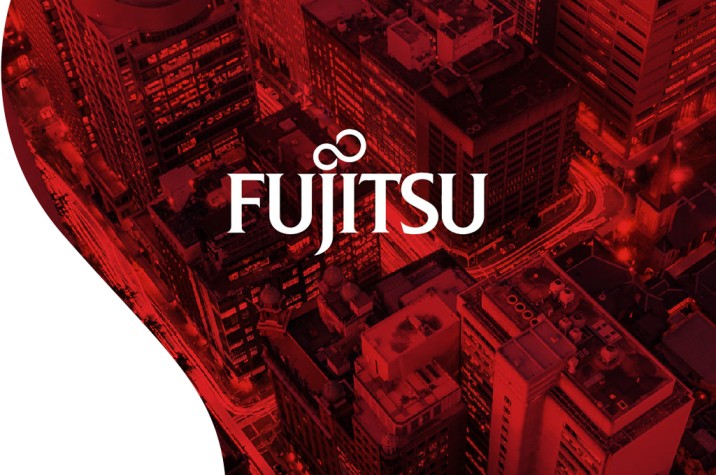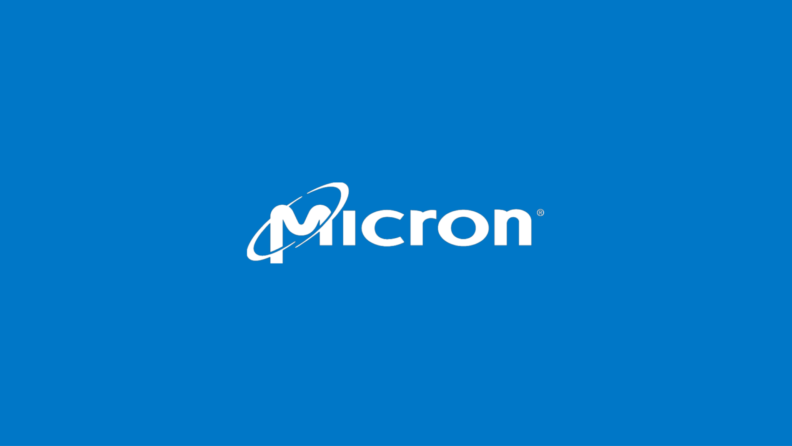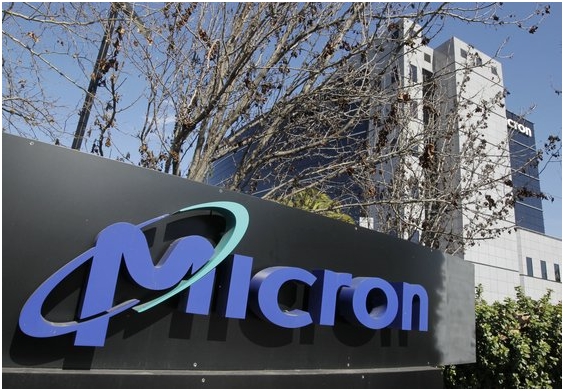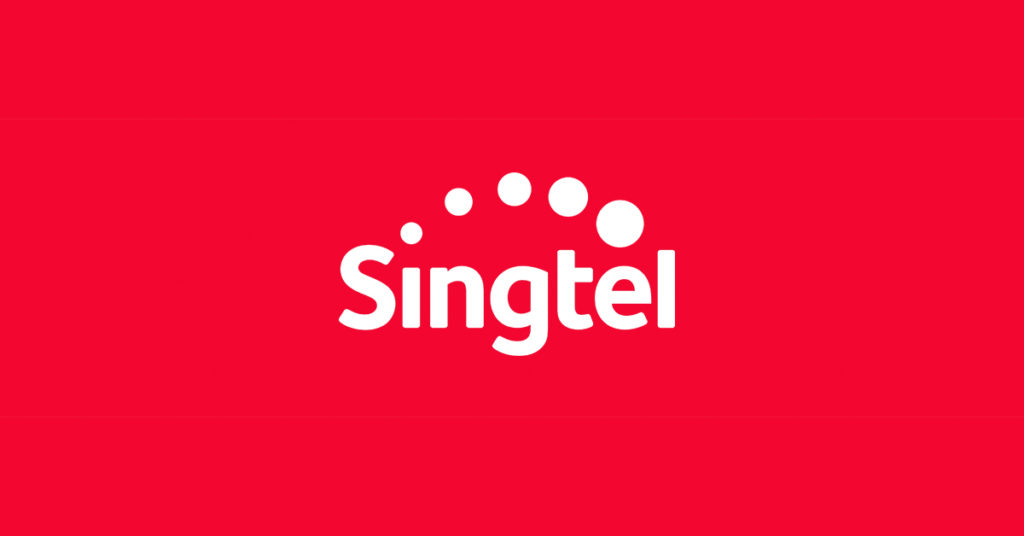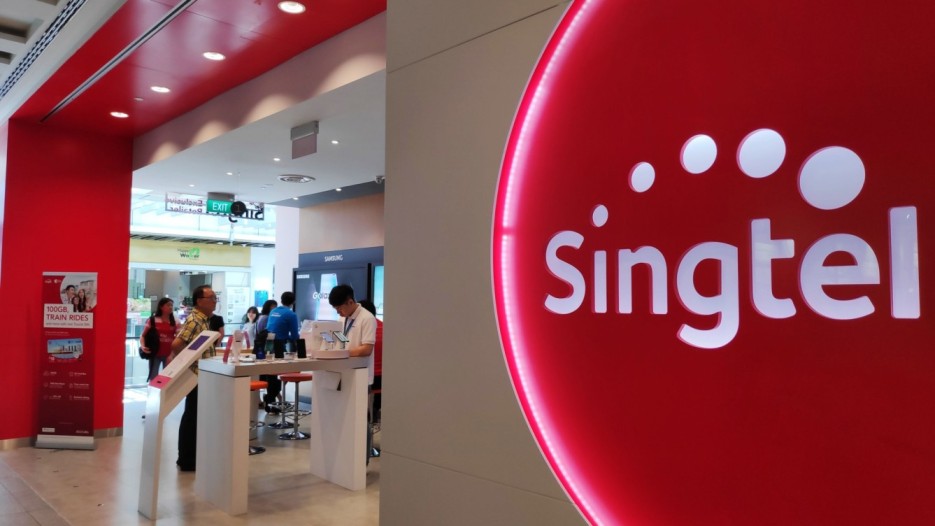iOS 14.5: Apple Brings New iOS Update Along with Enhancements to its Major Features.
After Apple launched its new iPad Pro models, the AirTag and colorful iMacs, recently at its first event of 2021, the company has now brought a new update to its iOS, i.e., iOS 14.5, on Monday. Reportedly, the company has claimed that there are many exciting features added along with the new update. Though the update is not a very big one, the features that it has brought are the ones that may attract many iOS users. The update has been done for both iPhone and iPad users in terms of iOS 14.5 and iPadOS 14.5.
What the iOS 14.5 has got for the Apple Users?
Apple has made small enhancements to almost all its major features. Starting with unlocking the Apple phone and the iPad, Apple has now added new capabilities to the Apple Watch, such that the users can use it to unlock the smartphone or the iPad. The feature has been added as the face lock won’t work with a mask. So, now the users can use their watch to unlock their devices securely.
The company has also introduced a new feature to control the apps that the users want to share their information with. This way, the users are now capable of changing their preferences on sharing their information with the apps, at any point of time just through the settings.
After the iOS 14.5 update, Siri has also got some enhancements done to it. The updated Siri now has more options of voice, and it has adopted the Neural Text to Speech technology to make the voice sound more human-like. The English language users have got even more options in terms of voice selection.
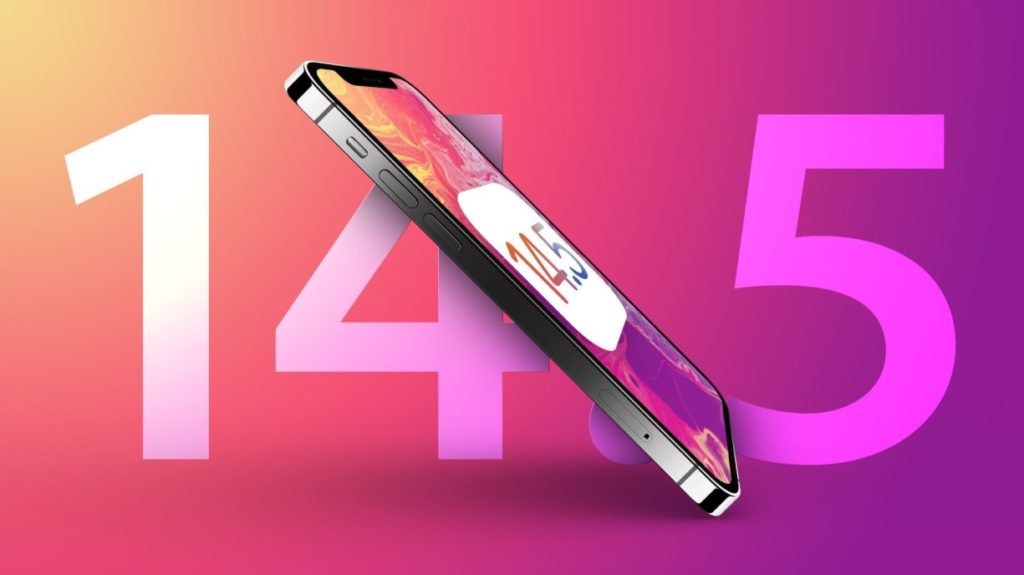
Apple has also worked on making the chats more interesting by adding new emojis to its library. These emojis include couple kissing emoji, couple with heart emoji, face exhaling, face with spiral eyes, face in clouds, hearts on fire, mending heart, etc. The users have the option for selecting different face colors of the emojis. This way, the new update will bring over 200 new emojis for its users.
Apple has also improved its map specifically for its US and Chinese users, as now they can report any incident like an accident, hazard, or speed check on the map. The users can report these incidents to Siri on iPhone or CarPlay, or can directly go to “Report an Issue” in Maps, and the other users going through the same route get notified about the same. The new update also allows the users to share their ETA with their family or friends.
The Apple Podcasts have also got a new look and feel to provide the users with quicker access. They now can easily download the podcasts that directly go to their library. The new update has also got the support for the newly launched AirTag that has been developed to make the users easily track and find their important items of daily use.
Apple has also redesigned its News+ tab for easy access and management of the magazine and newspaper issues for the users. The company has also improved its search experience for the users so that to better the topic search for the users.
Other Added Features
Other than these major enhancements, the Apple update has also brought improvements to the Reminders, Apple Fitness+, and Accessibility. The users now can sort the reminders on a priority basis and also can print them. For Fitness+, the company has made the AirPlay2 enabled to stream the audio and video through the TV and other devices. On the other hand, the Accessibility feature now can work through the users’ voice. Apple has launched English language support for Australian and Canadian users and support for Spanish in Mexico, Spain, and the United States.
With the support for the dual sim in the iPhone 12 models, the company, with its new update, has added the support for 5G connectivity and added Smart Data Mode enhancements for its users.

Yashica is a Software Engineer turned Content Writer, who loves to write on social causes and expertise in writing technical stuff. She loves to watch movies and explore new places. She believes that you need to live once before you die. So experimenting with her life and career choices, she is trying to live her life to the fullest.
